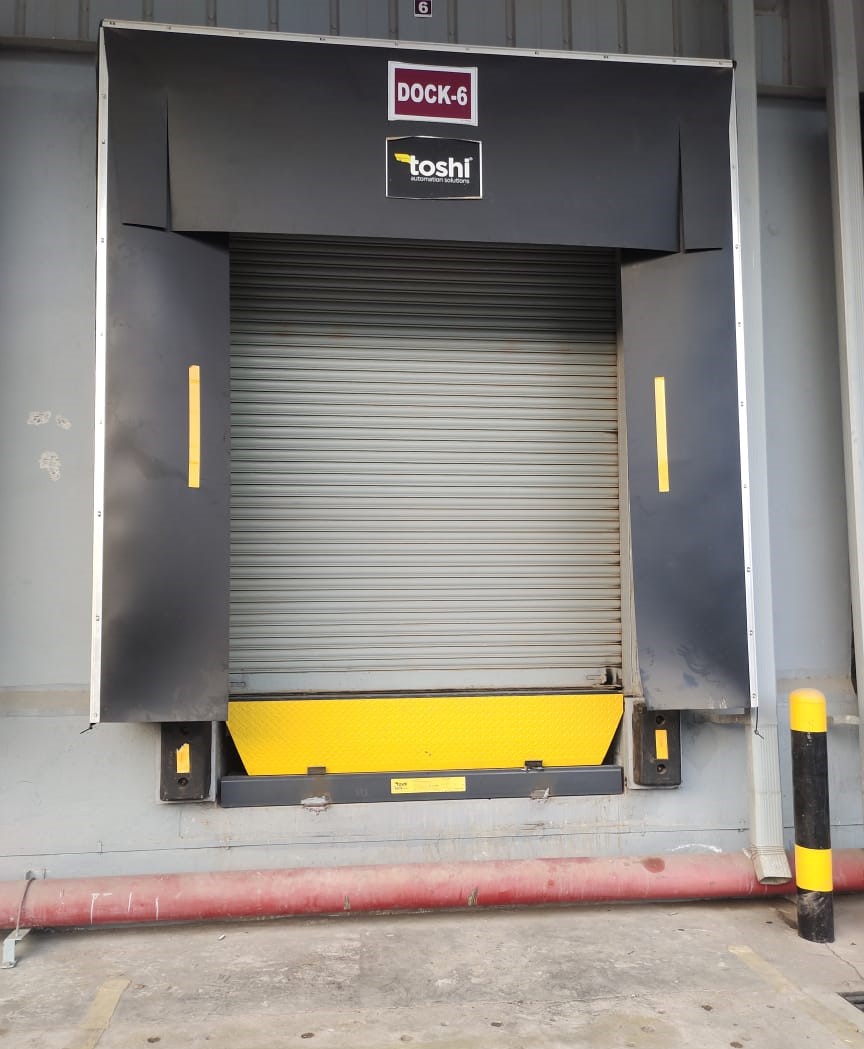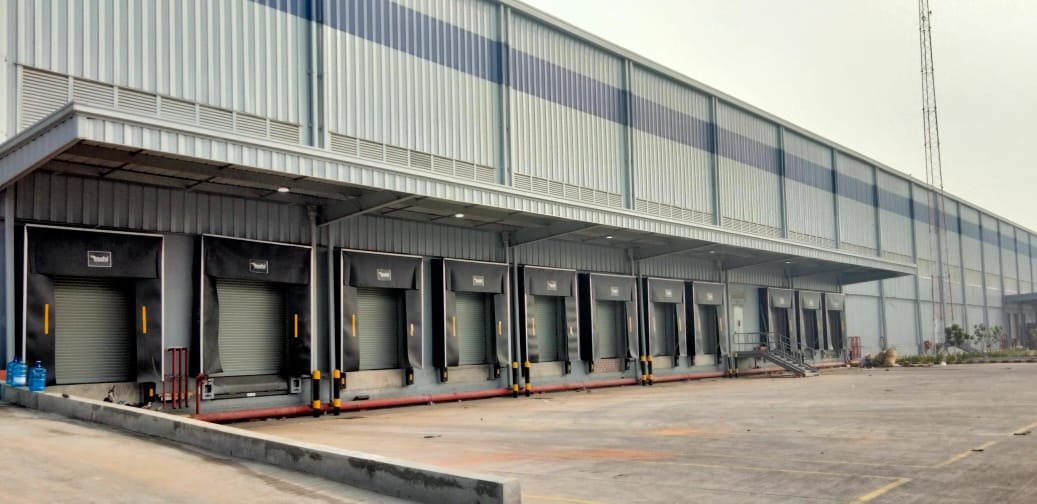Examples of that include the world where goods can be loaded and unloaded at warehouses, ports, or distribution centers automatically without needing humans. And thanks to docking automation, that world is now here! And that solution is dock automation—businesses have always been focused on reducing the amount of time and labor costs involved in logistics operations.
Automated Docking: The automated docking system utilizes X-ray scanning technology and other related technologies, including artificial intelligence (AI), robotics, and sensors, to move goods from one vehicle to a storage facility (dock) or between two vehicles. Whether in logistics, shipping, or retail, automation for docking systems enhances accuracy, speed, and safety. In this blog, we will discuss how docking automation is making the tasks easier and is disrupting industries.
What is Docking Automation?
Docking automation: This technology automates the loading and unloading of goods at docking stations. This is all robotic arms, conveyor belts, automated forklifts, and A.I.-driven computer software to limit the use of human labor. The process provides a quicker, more precise operation with less human error and workplace accidents.
Key players such as e-commerce, manufacturing, and logistics are adopting docking automation.
How Docking Automation Enables Convenient Working?
Speeds Up Loading And Unloading
Speed is one of the biggest advantages of docking automation. Traditional cargo docking generally needs humans to do the labor, which could be time-consuming and unstable. Automated docking solutions use conveyor belts, sensors, and robotic arms to load and unload shipments at speed.
In warehouses, for instance, automated guided vehicles (AGVs) carry goods from trucks to storage spaces without the need for human involvement. It enhances the speed of operations, lowers wait times, and makes order processing hold quicker.
Improved Accuracy & Minimized Errors
The cost of mistakes in docking operations is high. This level of automation minimizes human intervention and guarantees accuracy in each layer.
Automated docking systems are equipped with AI and machine learning technology that can help identify and sort your items depending on their weight, size, and destination. Barcode and RFID scanners help ensure that the correct goods are being placed in the right location and that products are not misplaced or become lost within the warehouse.
Increases Workplace Safety
In manual docking, heavy lifting and operation of forklifts, as well as working in high-traffic areas, increase the risk of injuries. Automation keeps workers out of dangerous places, which decreases workplace injuries.
Automated loading docks detect obstacles using advanced sensors and avoid collisions to create a safer workspace. Moreover, robotic systems carry the heavy loads, avoiding straining injuries to workers.
Reduces Labor Costs
Labor costs are a big worry for companies. It can be costly to hire and train employees for manual docking methods. Automation allows for fewer workers to do more = lower labor.Getting rid of human workers = lowering labor costs.
By having robots and AI-powered systems take on the majority of the work, organizations can redirect human assets towards more critical jobs like inventory management and customer service.
Optimizes Space Utilization
Automated docking solutions are not space-economizing. Old-fashioned warehouses need broad aisles for forklifts and men to move about. Automated systems such as robotic storage and retrieval systems (AS/RS) utilize compact storage processes that enable businesses to store more products in less space.
This is particularly advantageous in regions with significant real estate costs, as organizations can still function in smaller premises without liability.
Enhanced Efficiency of Supply Chain
Businesses need an efficient supply chain to fulfill consumer demands. data.
For instance, automated docking systems can integrate with warehouse management software (WMS) and transportation management systems (TMS) to enable real-time tracking of shipments. This increases transparency, minimizes delays, and optimizes the supply chain.
Reduces Energy Consumption
This is why automated docking systems are energy-efficient. Conventional docking methods waste energy as a result of idling lifting trucks, bad lighting, and a high amount of gasoline consumption.
Energy-saving mechanisms are used by intelligent automation solutions, including automated lighting, electric-powered robotic systems, and AI-driven climate control. This lowers operational expenses and contributes to sustainability.
Minimizes Product Damage
During the loading and unloading process, goods can be damaged due to rough handling. Automation ensures precision-controlled robotic arms and conveyor belts carefully handle the material.
Sensors can tell how fragile products are and tailor handling methods to match. This prevents destruction, lowering return products and thus reducing financial loss for enterprises.
Categories that are Taking Advantage of Docking Automation
Docking automation is revolutionizing industries, such as:
- E-commerce: Enhanced process automation for swifter order fulfillment with minimal mistakes.
- Logistics and Supply Chain: Emphasized efficiency and cost-saving.
- Manufacturing: Efficient handling of materials and rights in storage.
- Retail: Quicker replenishment and better warehouse management.
- Food & Beverage: Automation at temperature for food.
Conclusion
Docking automation has become more than a luxury; it is a must-have for organizations seeking enhanced efficiency, precision, and reduced costs. Automated docking systems make work easier by speeding up processes, preventing mistakes, encouraging safety, and making better use of resources.
As technology is evolving rapidly, it is anticipated that the growing number of companies will use docking automation in order to stay competitive in the fast-paced market. If you’re in logistics, retail, or manufacturing, investing in docking automation is a move that leads you to a smarter, seamless future.”
So, is your business ready for the automation revolution? Don’t waste time and dockings without docking automation.

